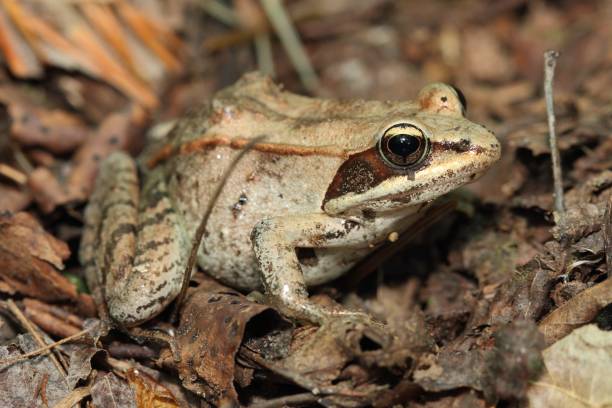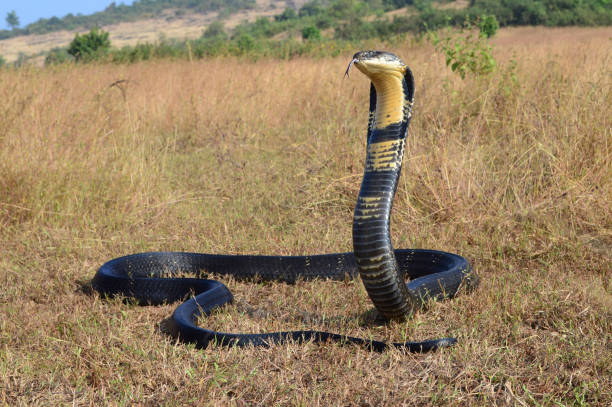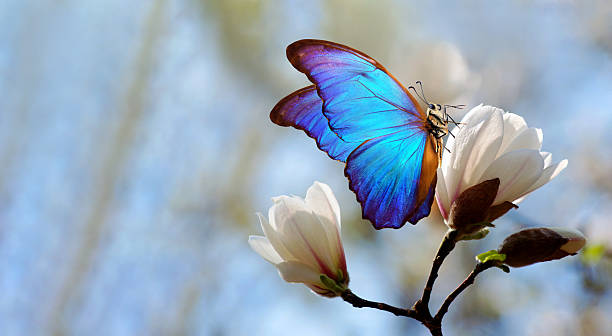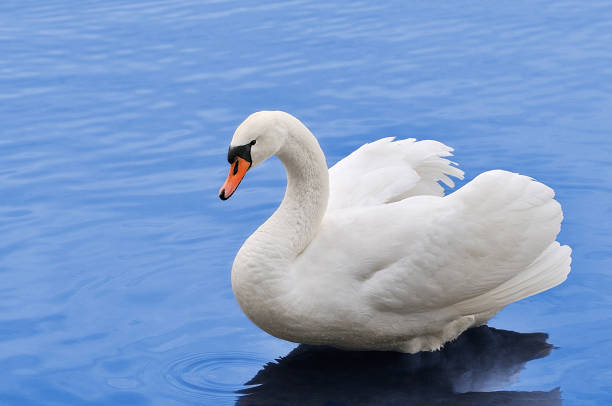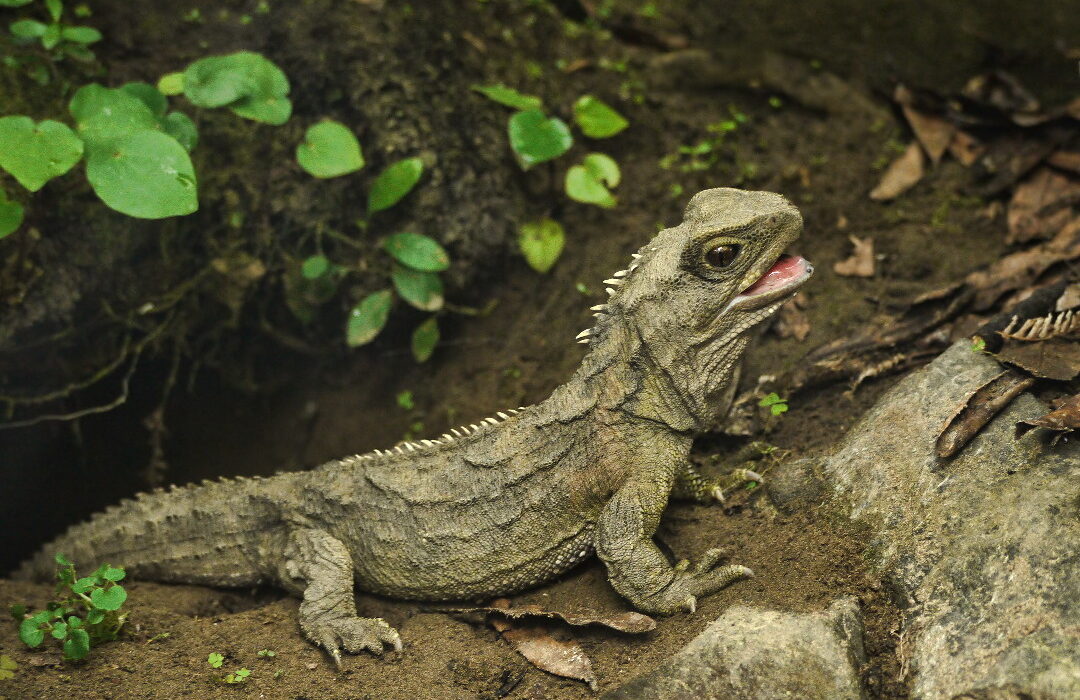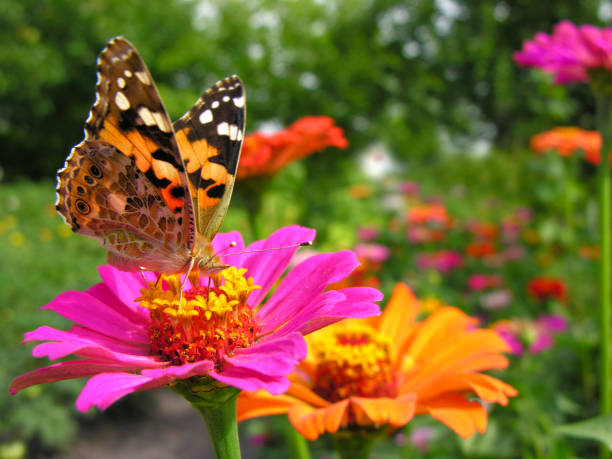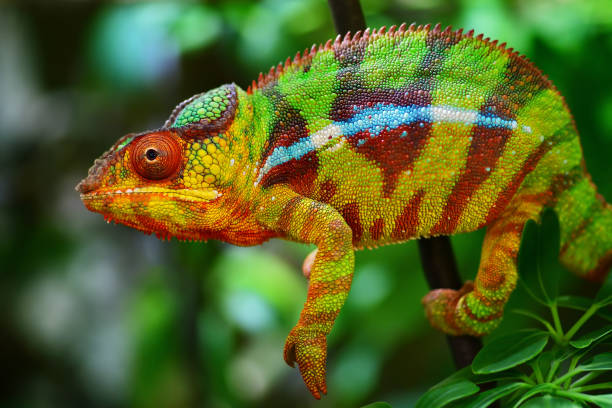Imagine a world locked in ice—a world where the pulse of life slows to near silence. In the stillness of subzero temperatures, everything seems dead: no movement, no warmth, no breath. Yet in nature’s most astonishing defiance, some creatures can endure this frozen prison and, when thawed, return to life as if waking from a dream.
This is not science fiction. Across the Earth—from the Arctic tundra to mountain lakes, from laboratory freezers to ancient permafrost—certain animals have evolved extraordinary abilities to survive freezing. Their bodies can halt biological time, preserve cells, and then restart their hearts and brains once warmth returns.
These organisms are nature’s time travelers. They show us what it means to push the boundaries of life itself and offer tantalizing clues about the future of cryonics, space travel, and human medicine. Let’s explore ten of these deep-frozen wonders that have mastered the art of coming back to life.
1. The Wood Frog – The Ice-Blooded Survivor
In the forests of North America, when winter descends and temperatures plummet below zero, most creatures seek shelter or migrate south. But the wood frog (Rana sylvatica) does something utterly miraculous—it freezes solid.
Its heart stops beating. Its lungs cease breathing. Its blood turns to ice. For months, it lies under leaf litter, hard as a stone. Then, as spring arrives, warmth seeps back into the forest floor. The frog thaws, its heart begins to beat again, and it hops away as though nothing happened.
The secret lies in its blood chemistry. As freezing begins, the wood frog floods its body with glucose and urea, acting like natural antifreeze. These substances prevent its cells from rupturing when water freezes around them. Ice forms only in spaces between cells, while the interiors remain intact, suspended in biological limbo.
Scientists have studied the wood frog for decades, and its frozen revival is reshaping our understanding of cryobiology. Its survival could help humans preserve organs for transplants or one day even endure the long cryogenic sleep of interstellar travel.
2. The Tardigrade – The Immortal Microscopic Titan
Microscopic, nearly indestructible, and often called the “water bear,” the tardigrade (Tardigrada phylum) is one of the most resilient forms of life ever discovered. It doesn’t just survive freezing—it conquers extremes that would annihilate almost any other organism.
When conditions become hostile—freezing cold, scorching heat, or the vacuum of space—tardigrades enter a state known as cryptobiosis. They curl into a tiny ball called a tun, expelling nearly all water from their bodies and shutting down metabolism to almost zero.
In this form, tardigrades have been frozen at -200°C (-328°F) for years and revived upon thawing. Some have even survived exposure to outer space, where there is no oxygen and lethal radiation bathes everything.
Their secret lies in special proteins and sugars like trehalose, which form a glass-like matrix inside their cells, protecting DNA and vital structures. When rehydrated, tardigrades awaken, moving, feeding, and reproducing as if time had never passed.
The tardigrade’s resilience challenges our definitions of life and death. It whispers of possibilities—of organisms that could endure interplanetary journeys or survive frozen worlds like Europa or Mars.
3. The Resurrection Plant Rotifer – The Ancient Awakener
In the ancient permafrost of Siberia, scientists once unearthed a creature that had been frozen for over 24,000 years—and then watched it come back to life. This was a bdelloid rotifer, a microscopic aquatic animal that thrives in freshwater environments.
Rotifers are masters of suspended animation. When conditions become too harsh—extreme cold, drought, or radiation—they can dry out completely, entering a state of near-total metabolic stasis called anhydrobiosis.
The Siberian rotifers, thawed in a laboratory, began swimming and reproducing, carrying on their lineage as if the Ice Age had never ended. Their ability to protect DNA and cell membranes for tens of thousands of years challenges everything we know about biological limits.
Even more astonishing, their DNA repair systems seem to function after revival, fixing damage accumulated during dormancy. They aren’t just survivors—they’re restorers of life from deep time.
4. The Painted Turtle – The Frozen Heartbeat
In the icy ponds of North America, the painted turtle (Chrysemys picta) performs one of nature’s most delicate balancing acts—surviving months of freezing water and oxygen deprivation.
When winter comes, young painted turtles often find themselves encased in ice. Their metabolism slows to almost nothing. Their hearts stop beating for days or even weeks. Unlike frogs, turtles can’t move once frozen; they simply wait.
The key to their survival is their extraordinary ability to manage oxygen debt. They rely on stored energy in their shells and release buffering compounds like calcium carbonate to neutralize acids produced when their bodies switch to anaerobic metabolism.
When temperatures rise, their bodies gently rewarm, their hearts flutter back to life, and within minutes, they resume swimming. This resilience has fascinated scientists studying cardiac arrest and stroke, offering hope for medical techniques that could buy precious time when human oxygen levels drop dangerously low.
5. The Arctic Woolly Bear Caterpillar – The Time Traveler of the Tundra
In the Arctic tundra, where summer is fleeting and winter dominates most of the year, survival demands patience measured in years. The Arctic woolly bear caterpillar (Gynaephora groenlandica) has mastered the art of waiting.
These caterpillars spend up to 14 years completing their life cycle. During each brief summer, they feed on tundra plants, then freeze solid during the long, brutal winter. Ice forms throughout their bodies, halting all function. When spring sunlight returns, they thaw, feed again, and continue growing.
The secret to their endurance lies in cryoprotectants—natural antifreeze compounds like glycerol that prevent cellular damage. Over a decade and a half, they repeat this cycle until finally pupating into moths, emerging as symbols of Arctic perseverance.
Their story is one of biological time travel—a creature that defies the seasons, dying and reviving again and again, until the right moment comes to transform.
6. The Alaskan Upis Beetle – The Master of Molecular Antifreeze
In Alaska’s frozen wilderness, temperatures can plunge to -60°C (-76°F). Yet the Upis ceramboides, a darkling beetle, walks across the ice unbothered. It can freeze solid and thaw without harm, thanks to its internal arsenal of molecular antifreeze.
Scientists discovered that this beetle produces a unique antifreeze glycoprotein that prevents ice crystals from piercing its cells. Unlike other insects that simply avoid freezing, the Upis beetle allows ice to form in controlled ways—outside its cells, not within them.
Even more remarkable, the beetle’s proteins remain stable after repeated freeze-thaw cycles, a feat that baffles researchers studying cryopreservation. Its molecular defense could hold the key to preserving human tissues or even entire organs for transplantation.
In the silence of the Alaskan winter, the Upis beetle waits, perfectly frozen yet perfectly alive—a living paradox of the frozen world.
7. The Antarctic Nematode – The Ice Age Revivalist
Beneath the frozen soils of Antarctica, where no warmth has touched for millennia, life has been quietly waiting. In 2018, scientists revived nematodes, microscopic roundworms, that had been trapped in Siberian permafrost for over 42,000 years.
When thawed, these tiny creatures began moving and eating, as if waking from a long sleep. Genetic analysis showed that they belonged to ancient species that had vanished from the surface world.
How they survived remains a mystery. Some scientists suspect that sugars and proteins stabilized their cells during freezing, while others believe that certain nematode species have evolved enzymes capable of repairing DNA after reanimation.
Whatever the mechanism, their revival blurs the boundary between life and death. These ancient worms are not just survivors—they are time capsules from the Pleistocene, bridging past and present in a single living thread.
8. The Alpine Newt – The Amphibian of Ice and Fire
High in the mountains of Europe, the alpine newt (Ichthyosaura alpestris) faces long winters beneath frozen ponds. When the ice locks everything above in silence, the newt’s body enters a torpid state—heart rate dropping, metabolism slowed, and oxygen use minimized.
While not fully frozen like the wood frog, the alpine newt tolerates near-freezing temperatures and prolonged hypoxia (lack of oxygen). Its blood carries special antifreeze proteins, and its tissues shift into survival mode, recycling energy efficiently until warmth returns.
When spring thaws the mountain ice, the newt awakens, regenerates lost tissues if necessary, and resumes its life cycle with astonishing vitality. Its capacity for regeneration—growing back limbs, organs, and even parts of the heart—makes it a model organism for regenerative medicine.
The alpine newt’s frozen survival speaks to life’s ability not only to endure but to heal and renew itself after the harshest trials.
9. The Springtail – The Snowflake Jumper
Barely visible to the naked eye, springtails (Collembola) are tiny soil-dwelling arthropods that can survive deep freezing across polar regions. In winter, some species are exposed to extreme cold, yet they revive quickly once conditions improve.
Springtails survive by producing ice-binding proteins that prevent lethal crystal formation. In laboratory experiments, they have survived cooling to -25°C (-13°F) for weeks and recovered full mobility after thawing.
These creatures demonstrate an elegant balance between biological chemistry and environmental adaptation. Their antifreeze proteins are now being studied for industrial and medical applications—keeping ice cream smooth or preserving human cells during freezing.
Springtails are humble but vital teachers in the study of cryobiology. They show that even the smallest beings can master the greatest survival art—life through ice.
10. The Copepod – The Frozen Drifter of the Sea
In the dark, frigid depths of the polar oceans, copepods, tiny crustaceans that form the foundation of the marine food chain, drift through cycles of freezing and thawing that would destroy most organisms.
During winter, some copepods enter diapause, a suspended state where metabolism nearly stops. Their bodies accumulate antifreeze compounds like glycerol and dipeptides that stabilize cells against freezing.
When temperatures rise, they awaken and resume their role as oceanic grazers, feeding whales, fish, and countless other species. Their frozen dormancy allows marine ecosystems to reboot each spring—a hidden rhythm of life sustained through the ice.
In these minuscule creatures, the ocean preserves a timeless lesson: survival is not about resistance, but adaptation. Life bends with the cold and returns with the sun.
The Science of Reawakening
What unites all these frozen survivors is not magic, but biochemical mastery. They manipulate water, the very essence of life, to avoid its deadly crystalline form. Inside their cells, antifreeze molecules stabilize membranes, while sugars like trehalose replace water and form protective glassy structures.
When thawing occurs, enzymes repair damage, and the spark of metabolism reignites. It’s like pressing “pause” on life itself—and then “play” again, with no loss of memory, function, or vitality.
This biological suspension has immense scientific potential. It could revolutionize organ transplantation by extending the shelf life of donor organs, or make long-term space travel possible by allowing humans to sleep through interstellar journeys.
In medicine, cryoprotectants inspired by frogs and insects could help preserve human embryos, blood, or even whole tissues for centuries.
The Mystery of Life and Death in Ice
The ability to come back from freezing forces us to confront a deeper question: what is life? Is it the pulse, the breath, the electrical spark—or the pattern that endures when those stop?
For the frozen frog, life continues in molecules waiting to wake. For the tardigrade, it endures in a crystallized state of memory. For the nematode, it persists through tens of thousands of years, untouched by time.
Perhaps life is not a flame that goes out but an ember that can glow again when conditions allow.
The Future: Cryonics and Human Hope
Humans, too, dream of joining these frozen immortals. Cryonics—the preservation of humans at low temperatures after death—was once seen as fantasy. But nature’s frozen survivors suggest that biological revival from deep cold may not be entirely impossible.
The challenge lies in scale and complexity. Human tissues are larger and more intricate; ice crystals can destroy organs beyond repair. Yet with inspiration from wood frogs’ glucose defenses or beetles’ antifreeze proteins, scientists are inching closer to solutions.
Already, cryopreservation allows human embryos and organs to be stored safely for years. The next frontier is whole-body survival—a future where suspended animation may allow patients with incurable diseases to await cures or travelers to cross centuries asleep among the stars.
Life’s Resilience Beneath the Ice
The animals that return from freezing are living symbols of endurance. They remind us that life’s flame can flicker but never truly die. Beneath the ice, in silence and darkness, biology rewrites its own limits.
From the beating heart of the wood frog to the microscopic dream of the tardigrade, every revival tells the same story: nature will not be conquered by cold or time. It adapts, waits, and begins again.
These creatures are more than survivors—they are the embodiment of hope itself. In their frozen stillness lies the ultimate truth of life: that even when all seems lost, warmth can return, and the world can awaken once more.
